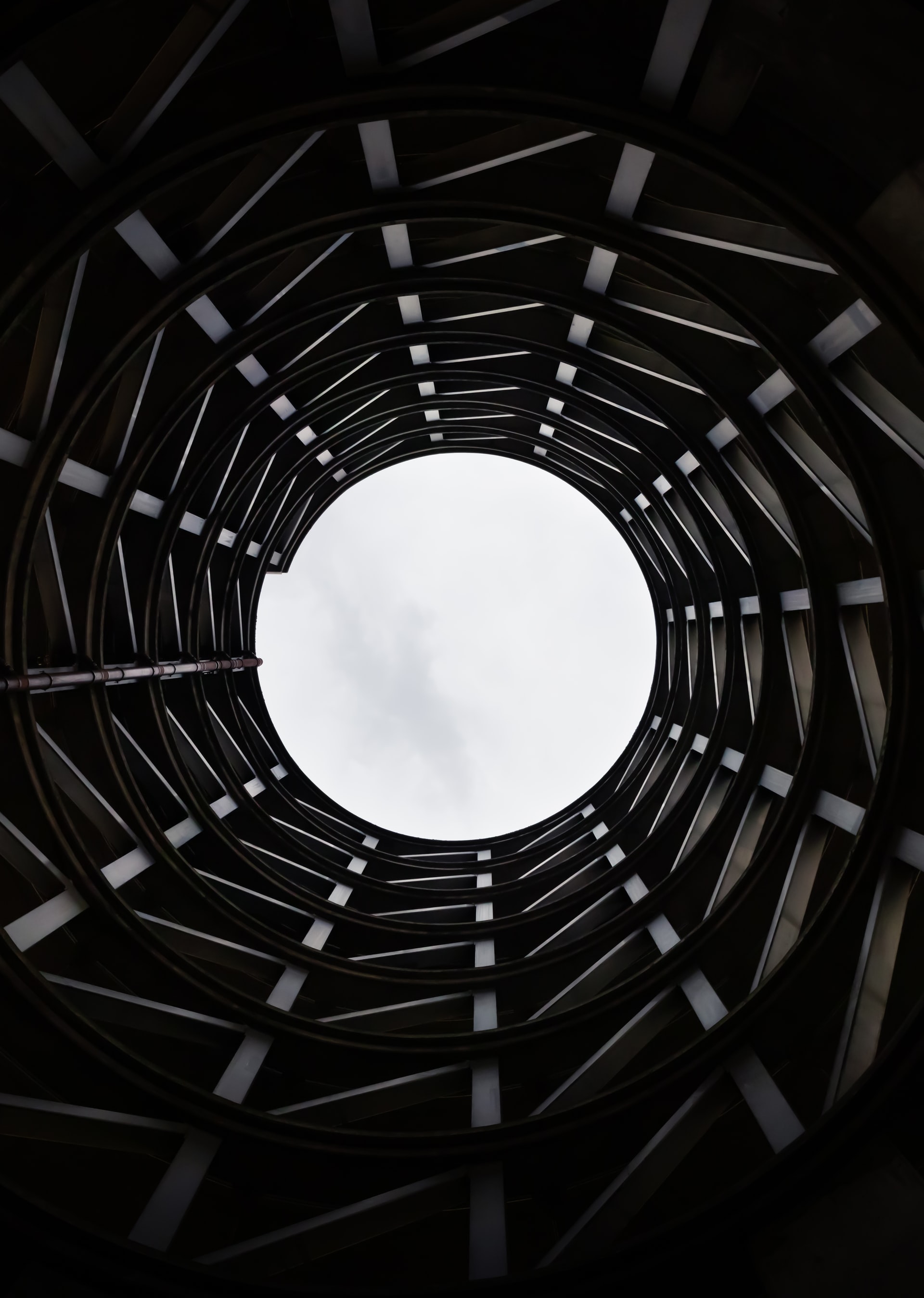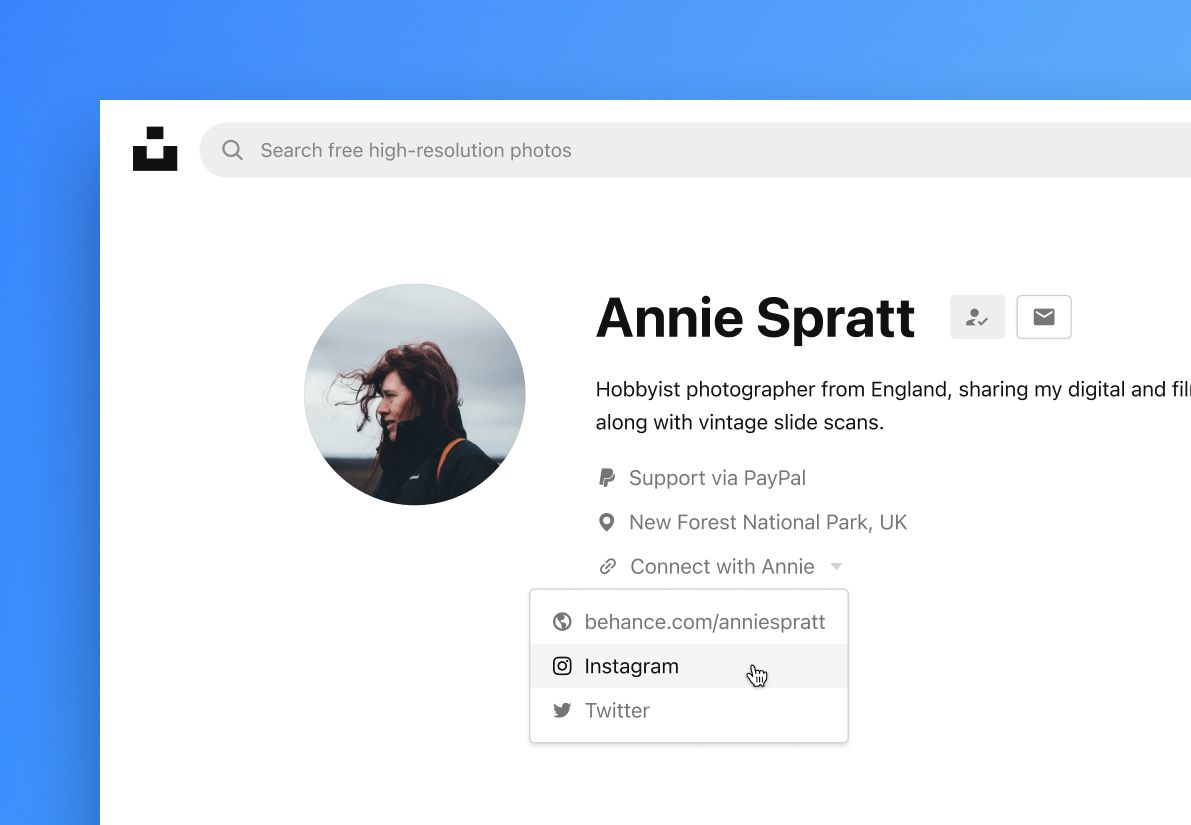Unlike the story of the TikTok background that I recently told here on the blog, sometimes it’s immediately noticeable when a photo gains extraordinary popularity. In this case, it was my buddy Tobias Rademacher who told me that not only did he recently crack 10 million views in total (congrats!), but his latest photo was apparently viewed 2 million times in one day.

It couldn’t be an ordinary feature in the Editorial Page – a few hundred thousand, maybe a good half million in one day, if you stand out in the crowd, that’s the current average for that. Another possibility could have been a feature called “Photo of the Day”, which greets every visitor of Unsplash first in the header. But that wasn’t the case either, and the average views are also significantly lower at around 1 million.

Tobias noticed, however, that his photo was taken in a special collection: “Unsplash Editorial“, which sounds similar to the Editorial Page, but again shows a much more exclusive selection of photos. About 5.8k photos have been added to the collection so far.

However, it seemed unlikely that so many people would go to this very collection and click through photos, or even more than look at the front page. Something else had to be behind it. So I simply asked Annie Spratt what the “Unsplash Editorial” collection was all about.
Hellooooo! That’s the collection that feeds the Unsplash Instant browser extension 👍
Annie Spratt
So that’s the explanation! The Chrome plugin “Unsplash Instant” provides after installation every “New Tab Page” with a random pick of the many beautiful photos of the collection. Since Unsplash with its 2k or so API partners of course also uses its own interface in its own plugin, there should be no surprise. This means that result from this will be counted accordingly on the platform. The Chrome plugin has more than 80k users, according to its public numbers.
The fact that the photo and the statistics receive such an unexpected boost instead of the viewer wanting to take a closer look at the photo could annoy some people. On the other hand it can also be a great motivation to be included in this select circle. In any case I would not complain.
Update: As Annie told me after this article, it is not only the Chrome plugin that is filled with this collection. Also at Trello “and a couple of big API partners” these photos end up as backgrounds.









